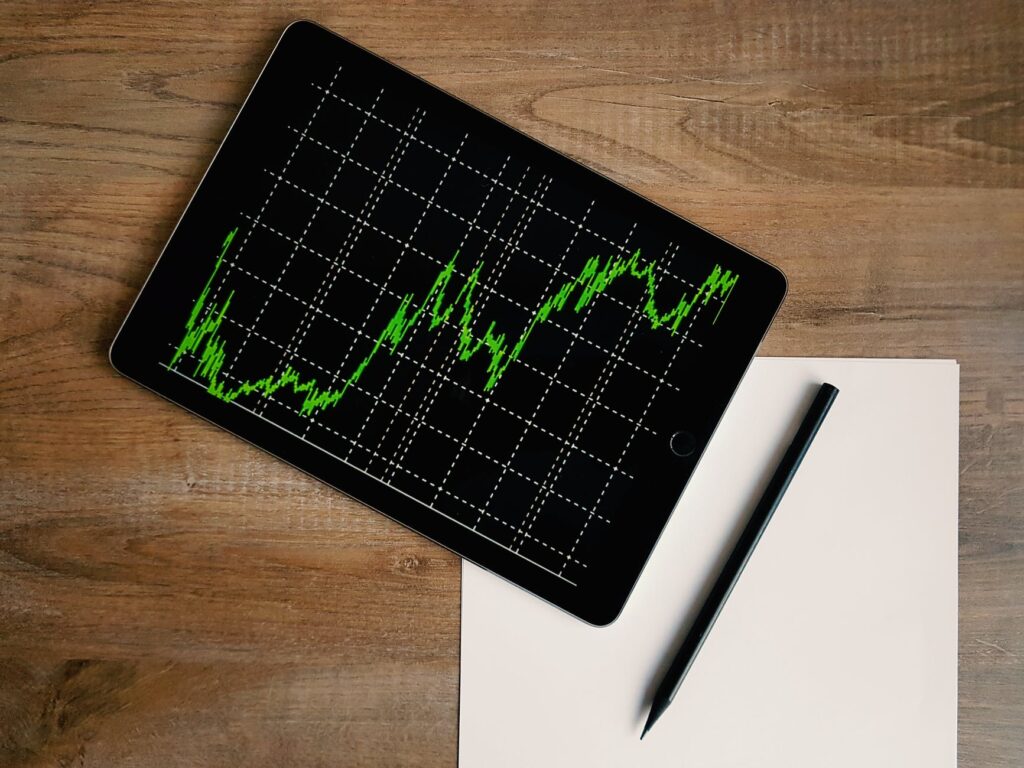As the stock market has been reaching all-time highs, some investors have started to wonder if a correction is in store. Is this the right time to invest in stocks, or should we be looking for other opportunities? There are many factors to consider when making these decisions – so let us take a closer look at what has been happening in the stock market, and what might happen in the future.
The S&P 500 closed December 23rd of 2021 at 4725 (marketwatch.com), since that point, we have had a wild ride. In January of 2022, the market had moved down almost 9.5%. Another half of a percent would have gotten us to the magical number of 10% down, the official starting point for a correction. At the time I am writing this, the computer screen is blinking with news from Ukraine, and we have not at all ended the discussion over what may happen with interest rates and inflation. With all that headwind … are not stock markets primed for a massive downward swing? Maybe…but not necessarily.
One of my favorite things to point out to clients is that the stock market is nothing more than an equilibrium. When you boil it down…half of the money out there thinks that any stock is too expensive, and the other half thinks the stock is too cheap.
Everyone has an opinion on market direction, but I do not put a whole lot of value in any person’s opinion. There is an economist from the University of Chicago named Eugene Fama, who has won a Nobel for his work. Fama concluded that only 3% of active money managers were able to consistently produce enough value to cover their costs. He also concluded that it would be very difficult to find those 3% until after their work was complete.
So, if we cannot trust the opinions of most professional money managers what should we be doing with our portfolios given current high prices, world conflicts, high inflation and rising interest rates? Lots of things!
At my firm we have spent the last year talking with clients about rising price to earnings ratios in the S&P 500. This is an indicator to us that markets may have started to “become expensive” and may start to become more volatile. This past January the P/E of the S&P reached thirty-four, the number has drifted back down to twenty-six…but “normal” is historically closer to 14 to 17. The market is still very expensive…when you compare it to the 1990s. Markets have been above a 20 P/E since January of 2015. View an SP500 P/E Chart here.
Normally when the market gets above a P/E of twenty-four we start recommending decreasing risk in most portfolios by a few notches. This may mean moving 5 or 10% of a client’s portfolio from stock to bonds. My firm uses mostly low-cost index funds so we may also move clients from a heavy Nasdaq or growth stock stance into a more value orientated position. When markets correct, bonds and value are your friend.
You should always have a plan and stick to it. However, that does not mean you should not make minor changes to your portfolio to protect yourself from risk. The market is unpredictable, so do not try to time the market. Nobody has a crystal ball, and many of the events that will shape stock market performance have not happened yet. Instead, focus on creating a well-diversified portfolio that will help you weather any storm.

